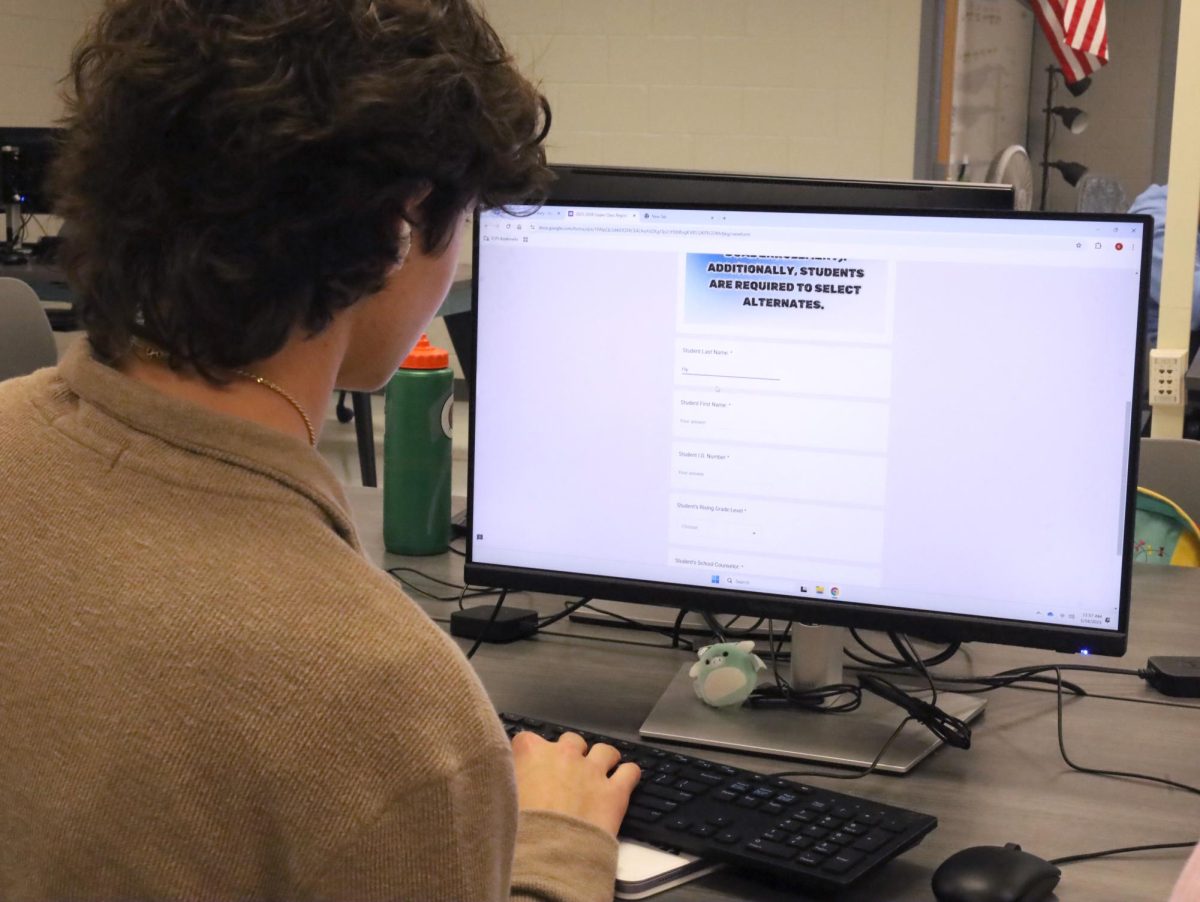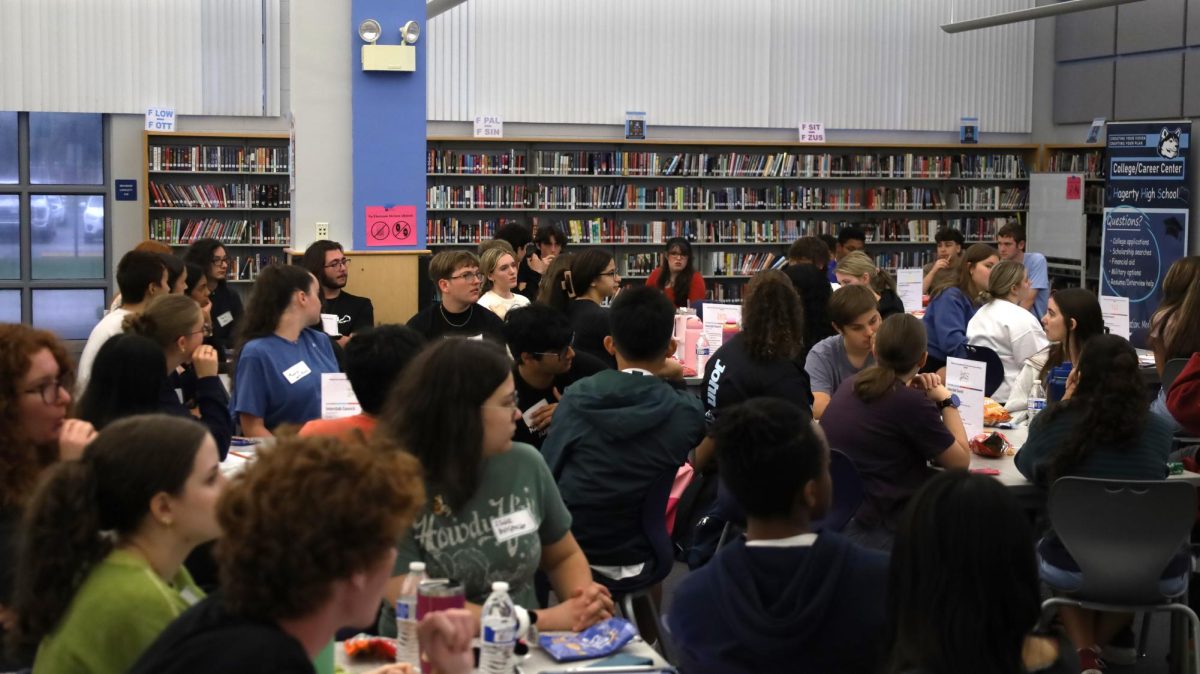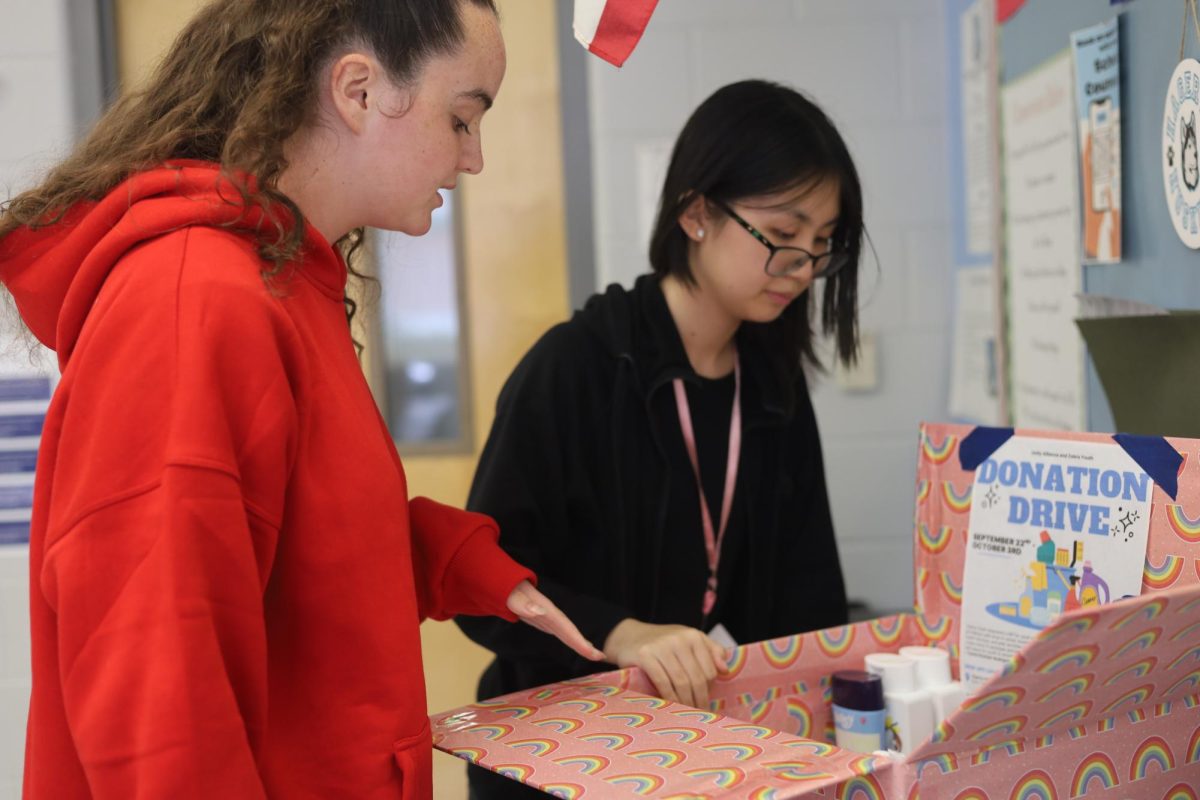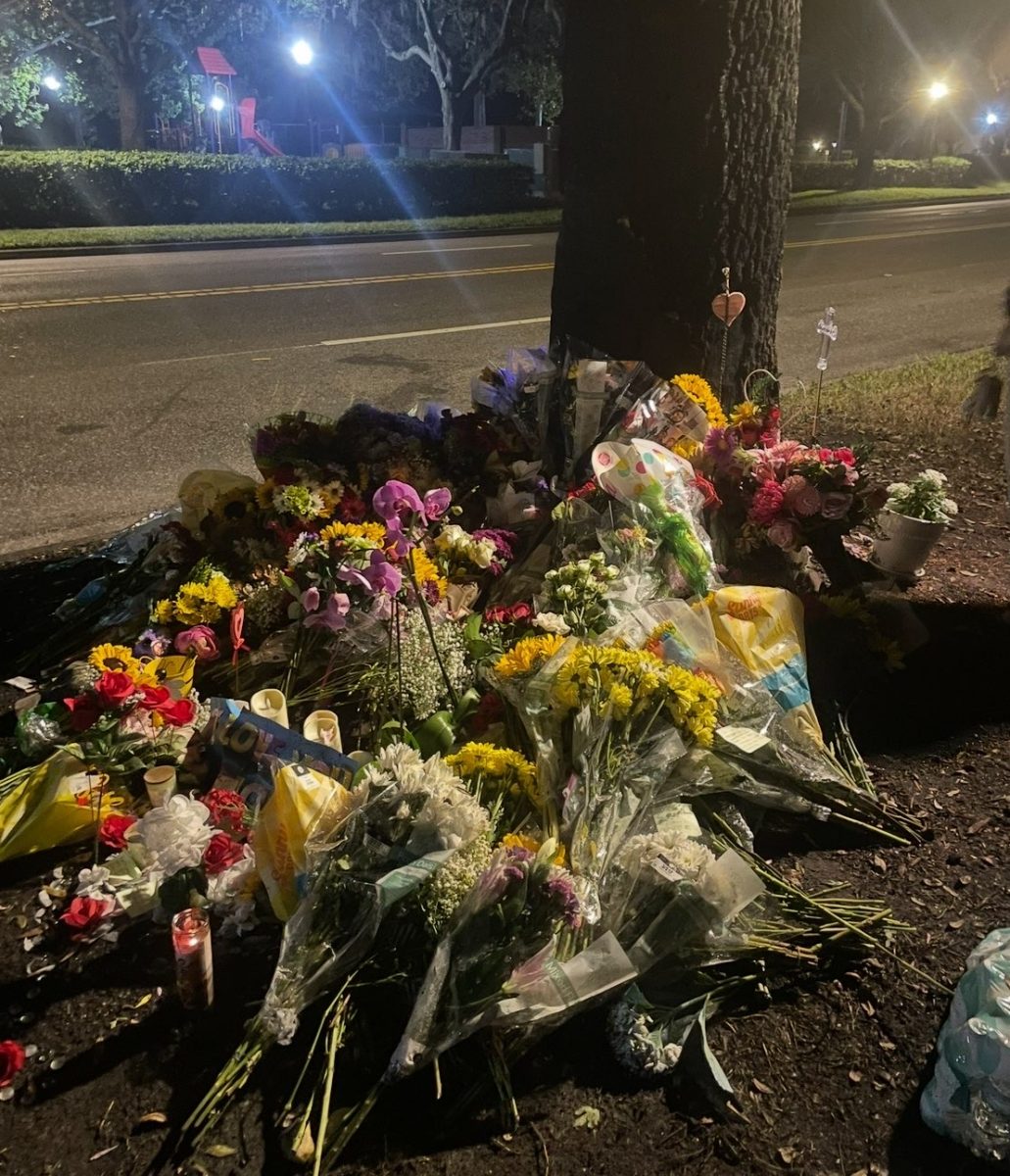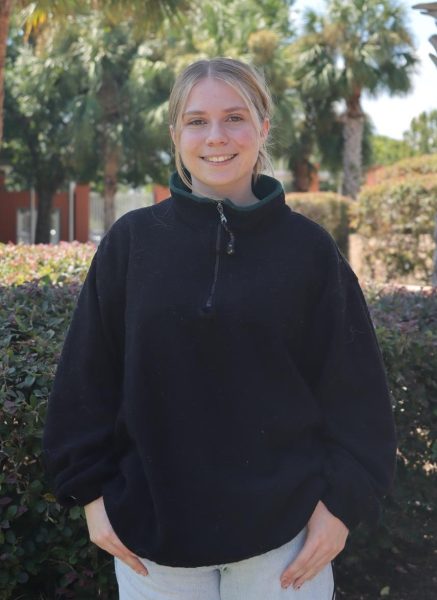SATs, class essays, final exams… it is hard to find anything that has not gone digital these days, and now students can add class signups to the list.
This year, students will submit their next year’s course registration digitally on a Google Doc, which has every possible core class and elective listed for the students’ choosing. Students will select what they wish to take, with every possible course option listed. Forms are due Jan. 31 for currently enrolled Hagerty students. In the past, students had to look through the Hagerty website or in a packet and write down the classes manually.
“The new process of registration is a lot easier,” junior Sofia Azevedo said. “[In the past,], if you wanted to look for a [class] that’s not selected for you already, then you kind of have to flip through the entire curriculum.”
Additionally, the simplicity of the Google Doc allows users to get an easier grasp on all the different classes they may have otherwise missed if they were only relying on scrolling through the sections on the website.
“A lot of freshmen don’t know the opportunities that they have, and they don’t know what classes are available to them, so they end up just taking the classes they hear talked about the most,” Azevedo said. “If you have them all laid out for you, then you have more options. I wish I had this as a freshman because having everything listed out for you sparks the idea in your mind. And then you start thinking, like, ‘Hey, maybe I can do more.’”
As is the case with previous school years, the month of February will be blocked out for students to meet with their counselors during an ELA period to discuss their ideal course schedule and any questions the student may have.
In the past during these meetings, students would give the counselor the course code for them to type in manually, which was time-consuming for the counselor, but also took away valuable time for one-on-one conversation. Digital registration lets the student enter the courses themselves, allowing undivided attention to be placed on the practicality of the course load and briefing the student on any other options they may be missing during the counselor meetings.
“Hopefully we can have better conversations, because we’re not like listening and typing and listening and typing, which is not my forte, so it should be already in there, and that way, if we need to make tweaks, we can,” said student counselor Michelle Cortes.
Students are still highly encouraged to look at any classes they sign up for on the curriculum guide, which also got updated to a more user-friendly interface.
“It’s just easier to search and read. If you’re looking for math classes, everything is there, laid out with descriptions,” Cortes said. “The focus was making it interesting, user friendly, and easy to find. I think it just made it more colorful, more inviting, and just an easier document to view.”
The course planning form was handed out to students on Jan. 15 to still provide a paper layout of their required credits and allow them to plan their course load easier. However, the papers no longer provide a practical relevance for the counselor as the classes will be chosen online regardless. After meeting with a counselor in February students are still welcome to make changes to the next year’s schedule at any point in the current year. While this will be a notable change for staff and students alike, many are hopeful the shift to digital registration will streamline the overall process.
“We are optimistic, but we’re at the mercy of technology, which scares us a little bit, but we’ll hope, and if it doesn’t work, that’s okay, we can pivot and just enter the classes as we go,” Cortes said. “Either way, we are still meeting with students.”

